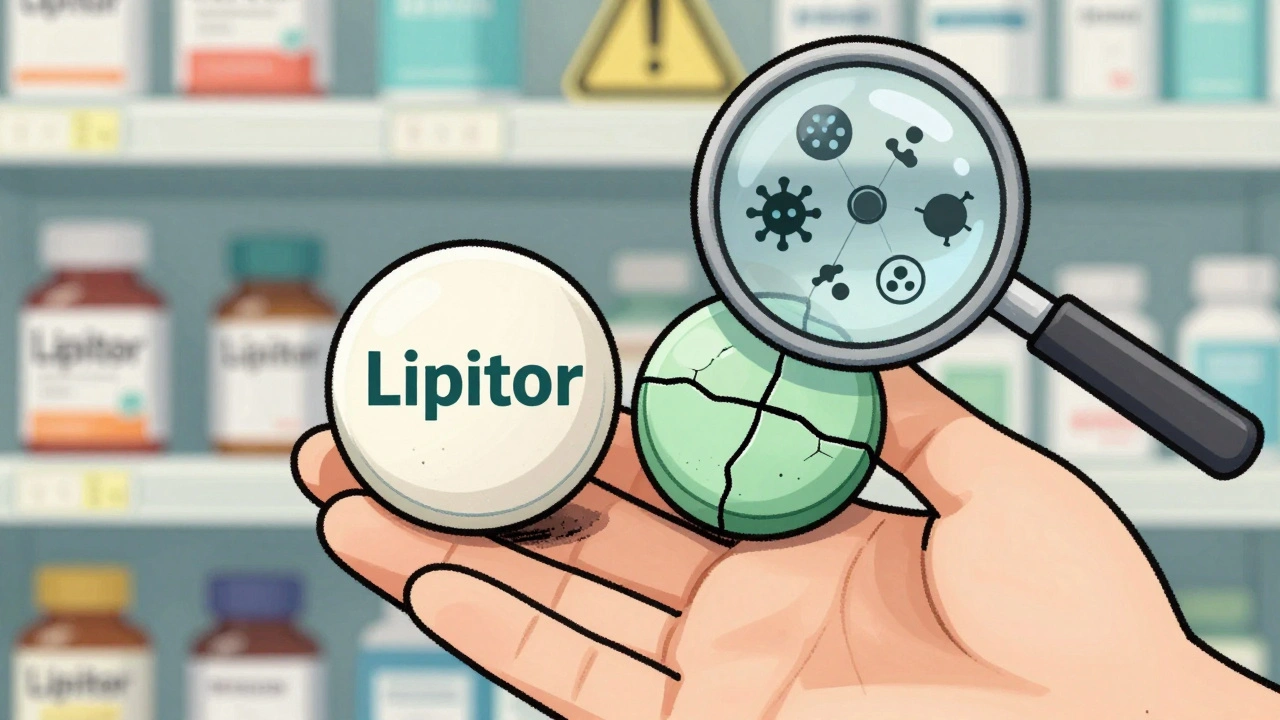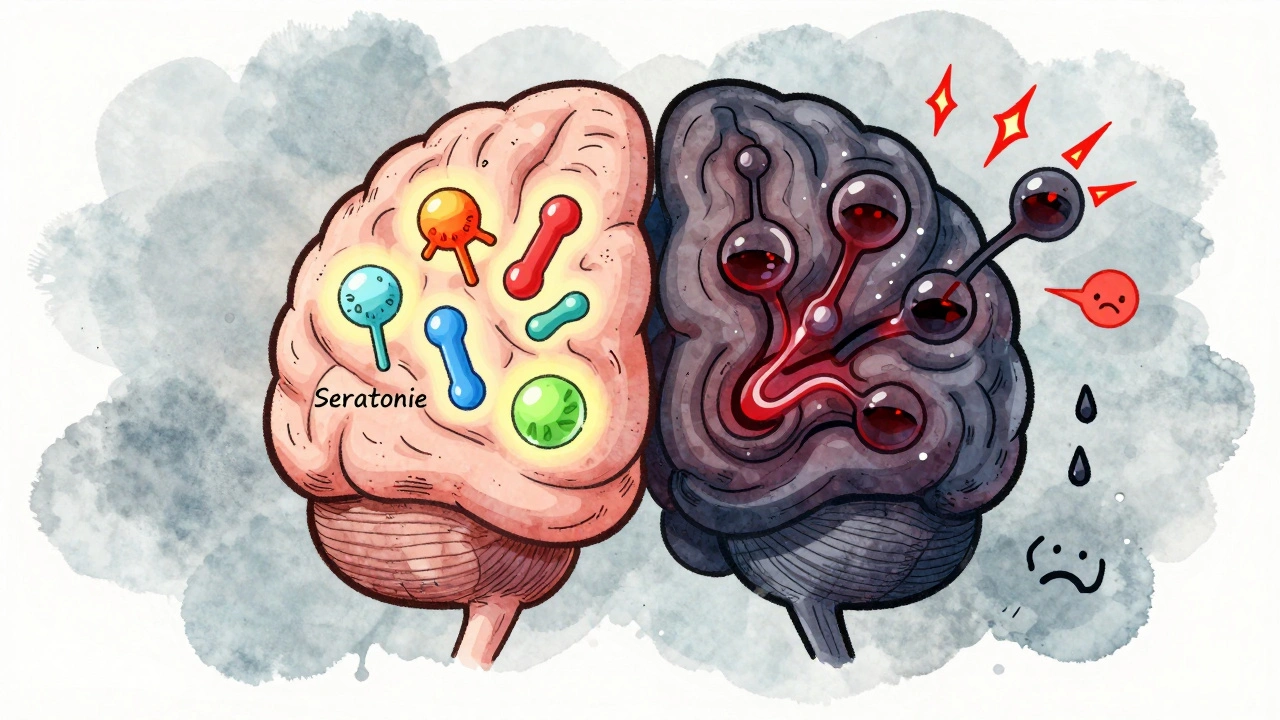Calcium Acetate – What It Is and Why It Matters
When dealing with Calcium Acetate, a calcium‑based oral medication that binds dietary phosphate in the gut. Also known as CaAc, it helps control blood phosphate levels for people with kidney problems, you’re actually using a classic phosphate binder, a drug class that attaches to phosphate in food so the body can’t absorb it. In simple terms, calcium acetate captures extra phosphate and lets it pass out of the body, preventing the buildup that can damage bones and blood vessels. This is why doctors often prescribe it to patients with chronic kidney disease, a condition where the kidneys can’t filter waste and excess minerals properly. The connection is clear: Calcium acetate is a phosphate binder, phosphate binders lower hyperphosphatemia, and hyperphosphatemia is a common complication of chronic kidney disease.
How Calcium Acetate Works in the Body
After you swallow a tablet, calcium acetate dissolves in the stomach and mixes with the meal you’re eating. The calcium ions latch onto phosphate molecules, forming an insoluble compound that the intestines can’t absorb. The result is less phosphate entering the bloodstream, which helps keep serum phosphate in the target range (usually 3.5‑5.5 mg/dL). This mechanism is especially valuable for patients on dialysis, because their kidneys are not able to remove phosphate effectively. By cutting down the amount that gets absorbed, calcium acetate reduces the strain on dialysis treatments and helps maintain bone health. Many clinicians combine it with other binders like calcium carbonate or sevelamer when they need extra control, but calcium acetate often stays first‑line because it’s cheap and well‑tolerated.
Beyond the chemistry, there are practical things to keep in mind. Take the medication with meals, never on an empty stomach, and avoid high‑calcium foods if your doctor worries about calcium overload. Side effects are usually mild—some people notice gas or constipation, which can be managed with diet tweaks or a stool softener. In rare cases, excess calcium can cause vascular calcification, so doctors monitor blood calcium and phosphate levels regularly. When balanced correctly, calcium acetate offers a straightforward way to keep phosphate low without adding a bunch of pills.
Below you’ll find a collection of articles that dive deeper into related topics: the science behind phosphate binders, tips for managing hyperphosphatemia, differences between calcium‑based and non‑calcium binders, and real‑world advice for dialysis patients. Whether you’re a patient, caregiver, or health‑professional, these pieces give you the practical info you need to make sense of calcium acetate and its role in kidney care.

Calcium Acetate in Skin Care: Benefits, Risks & How It Affects Your Skin
Explore calcium acetate's role in cosmetics, its skin‑health benefits, potential risks, formulation tips, and real‑world product examples-all you need to decide if it's right for you.





